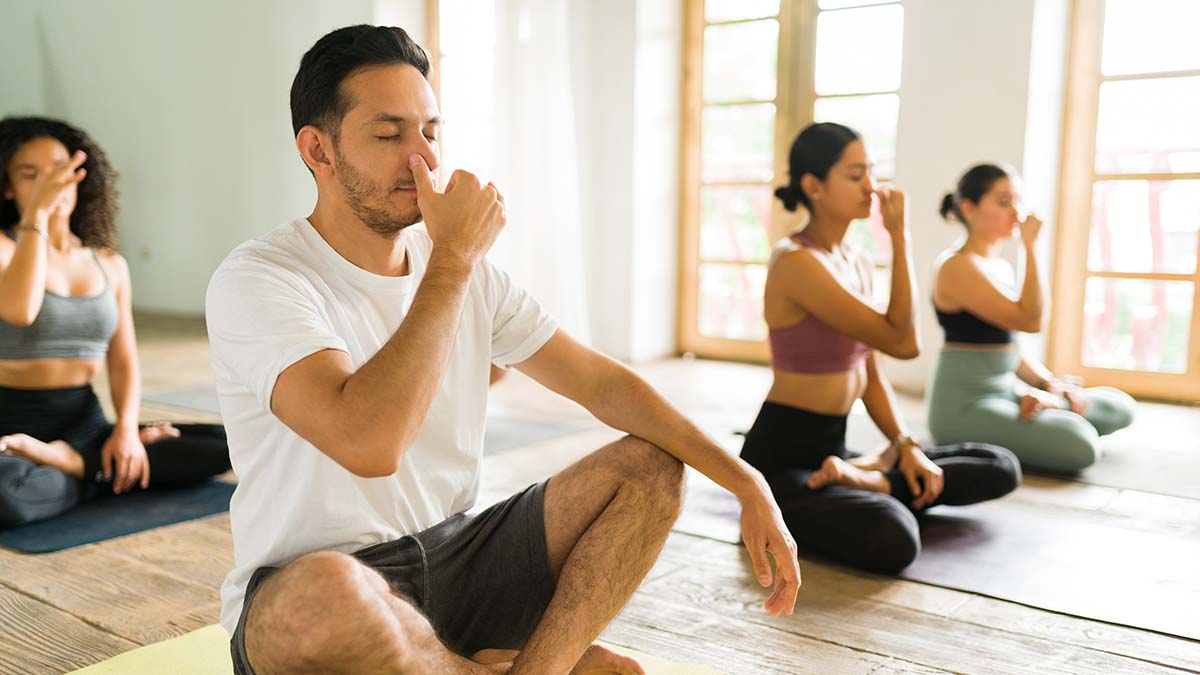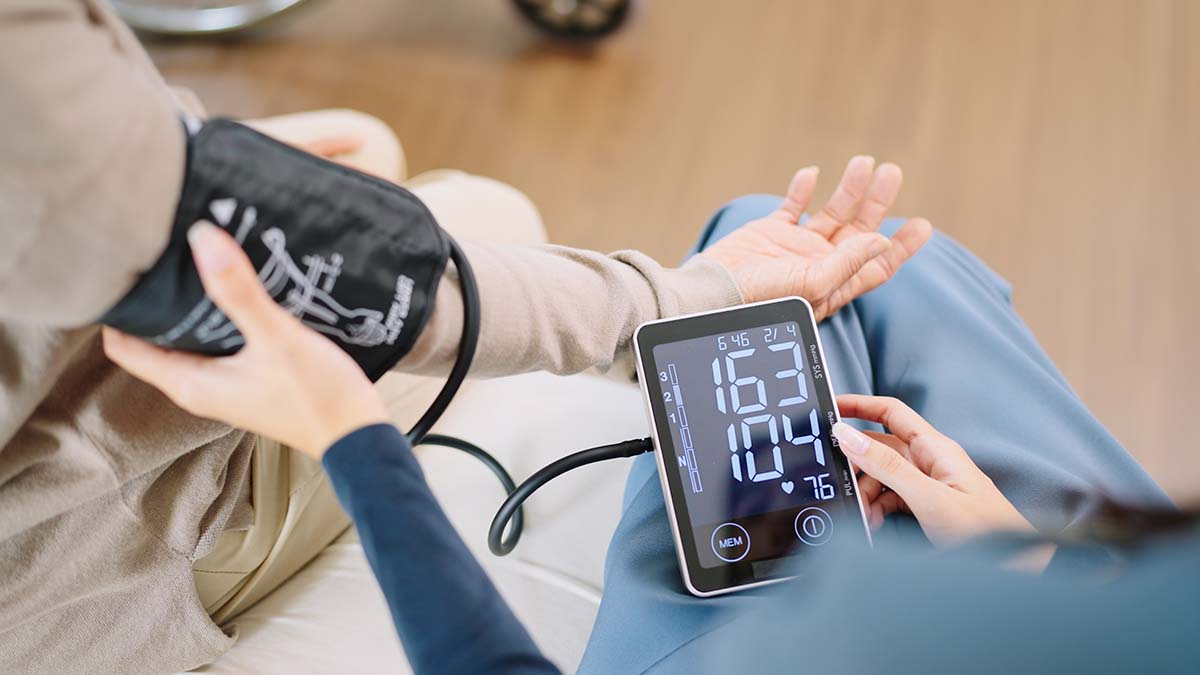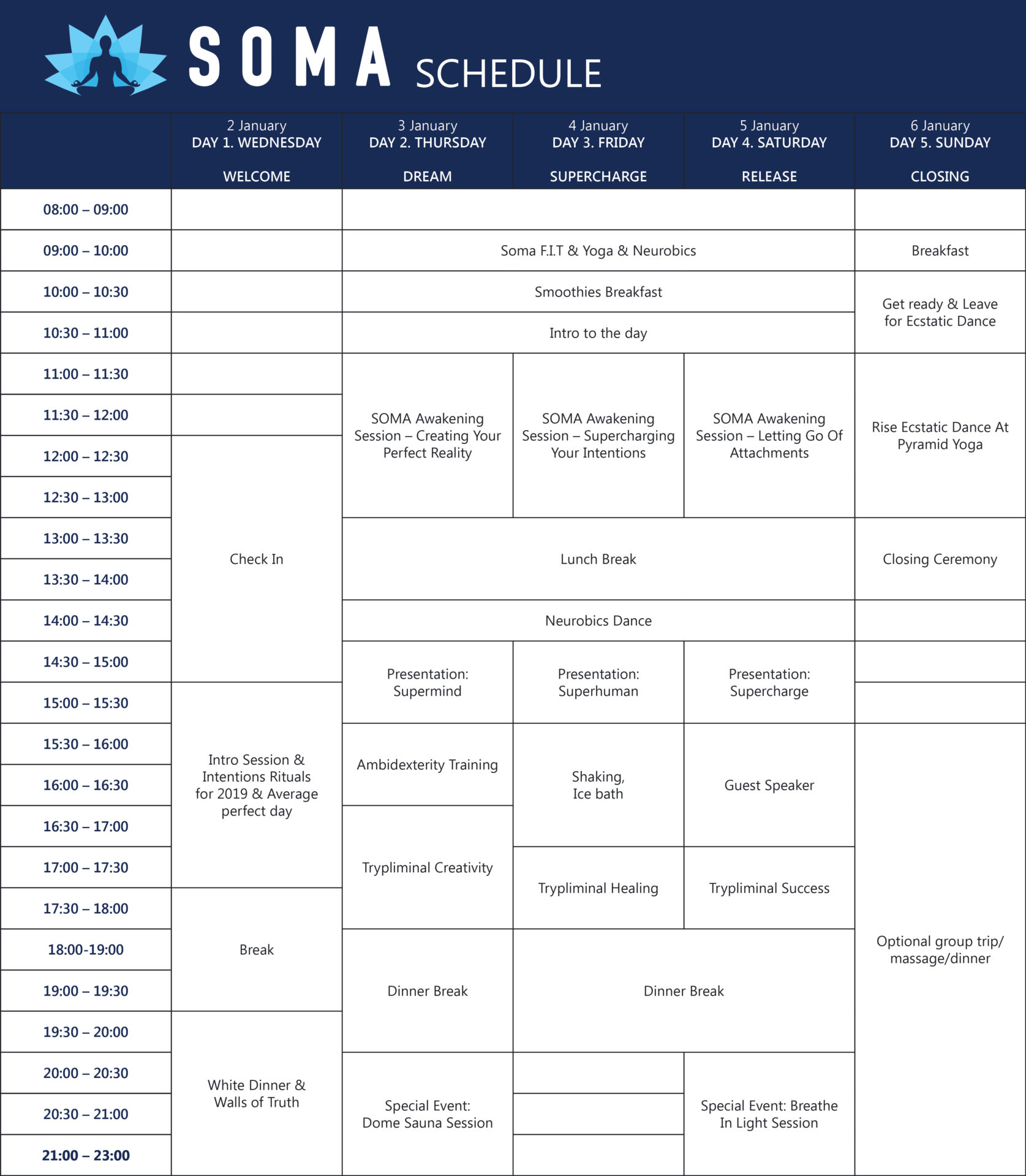High blood pressure, or hypertension, affects over 1.28 billion adults globally, often going unnoticed until it causes serious complications1. While medications are a cornerstone of hypertension management, lifestyle modifications, particularly breathing to lower blood pressure are gaining attention in the scientific community.
This article explores evidence-based breathing techniques to lower blood pressure, delving into the underlying physiology and presenting methods you can start practising today.
The Science Behind Breathwork and Blood Pressure
To understand the power of breathing exercises for high blood pressure, it is important to grasp how the autonomic nervous system regulates cardiovascular function. Breathing impacts this system directly by modulating the parasympathetic nervous system via the vagus nerve, which helps slow heart rate and dilate blood vessels.
A key physiological principle here is the Bohr Effect, which explains how CO2 levels influence oxygen release from hemoglobin. While the Bohr Effect primarily governs oxygen release in tissues, its role in optimizing oxygen delivery through controlled CO₂ levels may indirectly support cardiovascular efficiency and lower blood pressure.
Multiple clinical studies confirm that slow, deep breathing enhances baroreflex sensitivity— a mechanism that stabilizes blood pressure. In a randomized controlled trial, subjects who practiced guided slow breathing for 10 minutes daily showed significant reductions in both systolic and diastolic pressures2.
Top Breathing Techniques to Lower Blood Pressure
1. Diaphragmatic Breathing (Belly Breathing)
This technique emphasizes inhaling deeply into the belly rather than the chest. It activates the diaphragm, improving oxygen intake and vagal stimulation.
How to perform:
- Lie or sit in a relaxed position.
- Place one hand on your chest and the other on your belly.
- Inhale deeply through your nose for 4 seconds, allowing your belly to rise.
- Exhale slowly through pursed lips for 6 seconds.
Frequency: 10–15 minutes, 2–3 times daily.
This method has been shown to induce relaxation and reduce sympathetic nervous system activity, making it an effective tool for deep breathing to lower blood pressure3.
2. 4-7-8 Breathing to Lower Blood Pressure
Developed by Dr. Andrew Weil, this breathing pattern is simple yet powerful.
How to perform:
- Inhale through your nose for 4 seconds.
- Hold your breath for 7 seconds.
- Exhale through your mouth for 8 seconds.
The 4-7-8 breathing sequence helps regulate CO2 levels, improves HRV (Heart Rate Variability), and calms the central nervous system. Regular practice of 4-7-8 breathing to lower blood pressure can be particularly effective before bed, also benefiting those seeking breathing exercises for better sleep.
3. Box Breathing (Square Breathing)
Popular among elite performers, this technique promotes equalization of the breath cycle.
How to perform:
- Inhale for 4 seconds.
- Hold for 4 seconds.
- Exhale for 4 seconds.
- Hold for another 4 seconds.
By evening out inhalation and exhalation phases, Box Breathing stabilizes blood pressure and reduces stress.
4. Resonant Frequency Breathing (Coherent Breathing)
This involves breathing at a rate of approximately 5.5–6 breaths per minute— your unique “resonant” frequency. This rhythm maximizes HRV and supports cardiovascular homeostasis.
Studies show that breathing techniques to lower heart rate, especially at a resonant frequency, significantly enhance baroreflex gain and reduce sympathetic overdrive4.
5. Alternate Nostril Breathing (Nadi Shodhana)
Rooted in yogic traditions, alternate nostril breathing involves switching airflow between nostrils to balance hemispheric brain activity and autonomic function.
How to perform:
- Use your thumb to close the right nostril, inhale through the left.
- Close the left nostril, exhale through the right.
- Inhale through the right, then exhale through the left. Repeat.
This method improves HRV and lowers cortisol, contributing to breathing to lower blood pressure outcomes.
6. Device-Supported Breathing
Devices like RESPeRATE use auditory prompts to guide users into slow breathing patterns. A meta-analysis of several trials found that such devices effectively reduce systolic pressure by up to 10–15 mmHg over weeks of use5.
How Often Should You Practice?

Most research supports daily sessions of 10–15 minutes, 5–7 times per week, for optimal cardiovascular benefit. Consistency is key as breathing exercises for high blood pressure work best when practiced regularly.
Incorporating breathing techniques to lower heart rate into your morning or bedtime routine ensures long-term adherence and compounds benefits over time.
Who Benefits Most from These Techniques?
- Individuals with prehypertension or stage 1 hypertension
- Patients looking to complement medication
- Those with stress-related spikes in BP
- Older adults with reduced baroreflex sensitivity
Moreover, breathing to lower blood pressure should be part of a holistic management plan, not a stand-alone cure.
FAQs
How to breathe to lower blood pressure?
Breathe slowly and deeply using your diaphragm. Aim for 5–6 breaths per minute. Techniques like 4-7-8 or diaphragmatic breathing are ideal.
Can breathing lower blood pressure?
Yes. Controlled breathing reduces sympathetic activity, improves vagal tone, and enhances baroreflex sensitivity—leading to lower blood pressure6.
Why does deep breathing lower blood pressure?
Deep breathing to lower blood pressure improves oxygen delivery, reduces stress hormones, and triggers relaxation through the parasympathetic system.
Does holding your breath lower your heart rate?
Brief breath-holding activates the diving reflex, slowing the heart rate. However, it’s not a long-term strategy for blood pressure management.
How to breathe to lower blood pressure effectively?
Use proven techniques such as 4-7-8 breathing to lower blood pressure, belly breathing, or coherent breathing. Practice regularly for best results.
The Future of Blood Pressure Control Lies in Your Breath
The field of science behind breathwork is rapidly evolving. As evidence mounts, it is clear that breathing techniques to lower blood pressure offer a powerful, side-effect-free strategy to complement conventional treatments. Whether you choose alternate nostril breathing, 4-7-8 breathing, or use a biofeedback device, consistency and proper technique are the keys to success.
Try a guided breathwork training session today and experience firsthand the benefits of breathing exercises for high blood pressure.
References
- World Health Organization: WHO & World Health Organization: WHO. (2023, March 16). Hypertension. https://www.who.int/news-room/fact-sheets/detail/hypertension
- Brook, R.D. et al. (2013). Beyond Medications and Diet: Alternative Approaches to Lowering Blood Pressure: A Scientific Statement From the American Heart Association. Hypertension, 61(6), 1360-1383. https://doi.org/10.1161/HYP.0b013e318293645f
- Grossman, E. et al. (2001). Breathing-control lowers blood pressure. Journal of Human Hypertension, 15(4), 263-269. https://doi.org/10.1038/sj.jhh.1001155
- Lehrer, P.M. et al. (2003). Heart rate variability biofeedback increases baroreflex gain and peak expiratory flow. Applied Psychophysiology and Biofeedback, 28(1), 1–11. https://doi.org/10.1023/A:1022312815649
- Schein, M.H. et al. (2001). Treating hypertension with a device that slows and regularizes breathing: a randomized, double-blind controlled study. Journal of Clinical Hypertension, 3(3), 162-168.
- Joseph, C.N. et al. (2005). Slow breathing improves arterial baroreflex sensitivity and decreases blood pressure in essential hypertension. Hypertension Research, 28(6), 473–478.

